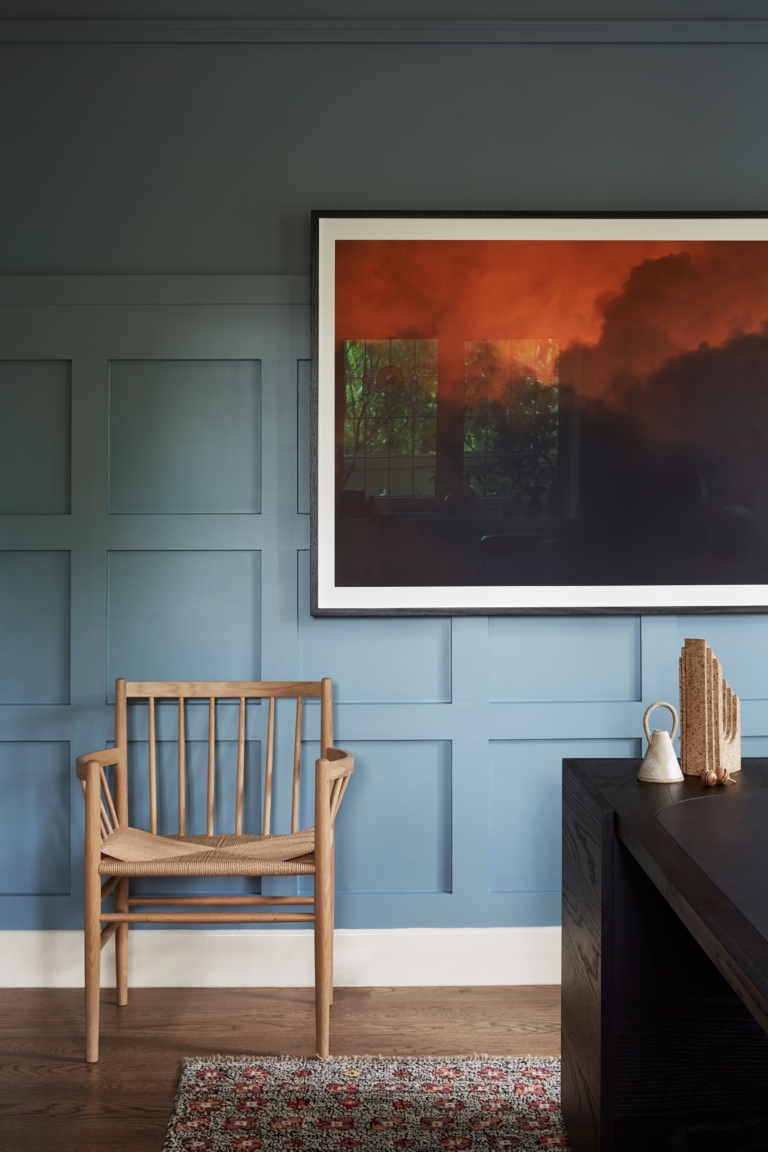
Kiamba Valley Farmhouse by Aspect Architecture
Amid the rolling hills of the Sunshine Coast Hinterlands, Kiamba Valley Farmhouse stands as a beautiful tribute to the balanced relationship between architecture, landscape and heritage.
Designed by Aspect Architecture, this sprawling farmhouse reinterprets the traditional Queensland vernacular to create a dwelling that embodies both place and purpose. Drawing from the site’s history of cattle farming, the farmhouse comprises a series of outhouse-style pavilions that reflect the simplicity and utility of their historical counterparts. Matt Cooper, director at Aspect Architecture, explains, “the outhouse-style pavilions were inspired by the traditional Queensland farmhouse typology, where separate buildings served specific functions and were connected by open spaces. This concept allowed us to create a series of pavilions that nestle harmoniously into the hill, reflecting the unassuming character of the home.”
Each pavilion serves a distinct purpose – gathering, resting or working – while balancing privacy and connection. “The layout encourages purposeful movement, creating moments of transition and pause that connect occupants with their surroundings,” Cooper says. Bridges and open verandahs enhance this experience, ensuring even daily tasks are imbued with mindfulness and a connection to place. The unique arrangement of these pavilions facilitates a gradual discovery of the home, revealing its full extent as one moves through it.
The material palette was selected with equal consideration, rooted in the desire to connect the home with its environment while ensuring durability. Blackbutt timber creates a consistent rhythm throughout the home, while zincalume and stone provide both protection and permanence. “Every material choice was carefully considered to balance beauty, functionality and longevity,” says Cooper.
Grounded in Queensland farmhouse tradition, the design also incorporates influences from Scandinavian and Japanese principles. Elements such as the volume of the arched roof and the functionality of sliding doors emphasise light, openness and a seamless connection to the outdoors. “We found inspiration in their simplicity, craftsmanship and respect for natural materials,” says Cooper. “These elements harmonise with the traditional farmhouse aesthetic, creating a timeless yet contemporary feel.”
Sustainability is another cornerstone of the farmhouse’s design, extending beyond technology to embrace traditional practices. Solar panels, rainwater harvesting and passive design principles coexist with vegetable gardens and orchards, fostering self-sufficiency. “Sustainability in this project is not just about technology but also about embracing traditional practices that honour living on the land,” Cooper explains.
Elements such as the volume of the arched roof and the functionality of sliding doors emphasise light, openness and a seamless connection to the outdoors.
Craftsmanship also underpins the home’s design, celebrating the skill of tradespeople in every detail. “The result is a home where every element tells a story of care, precision and collaboration, embodying the essence of human craftsmanship,” says Cooper. He notes, “this project was a privilege to work on, not only for its architectural aspirations but for the meaningful collaboration it fostered between client, trades and builders.”
Kiamba Valley Farmhouse is more than a home; it’s a living narrative bridging past and future. For Cooper, the project exemplifies architecture’s potential to connect people with their history, land and community. “The home’s design encapsulates the values of humility, sustainability and craftsmanship, creating a story that withstands the test of time,” he reflects.
Architecture by Aspect Architecture. Interior design by Aspect Architecture and Margie Sullivan. Build by Mosaic Construction. Landscape design by LatStudios. Engineering by Westera Partners.






























